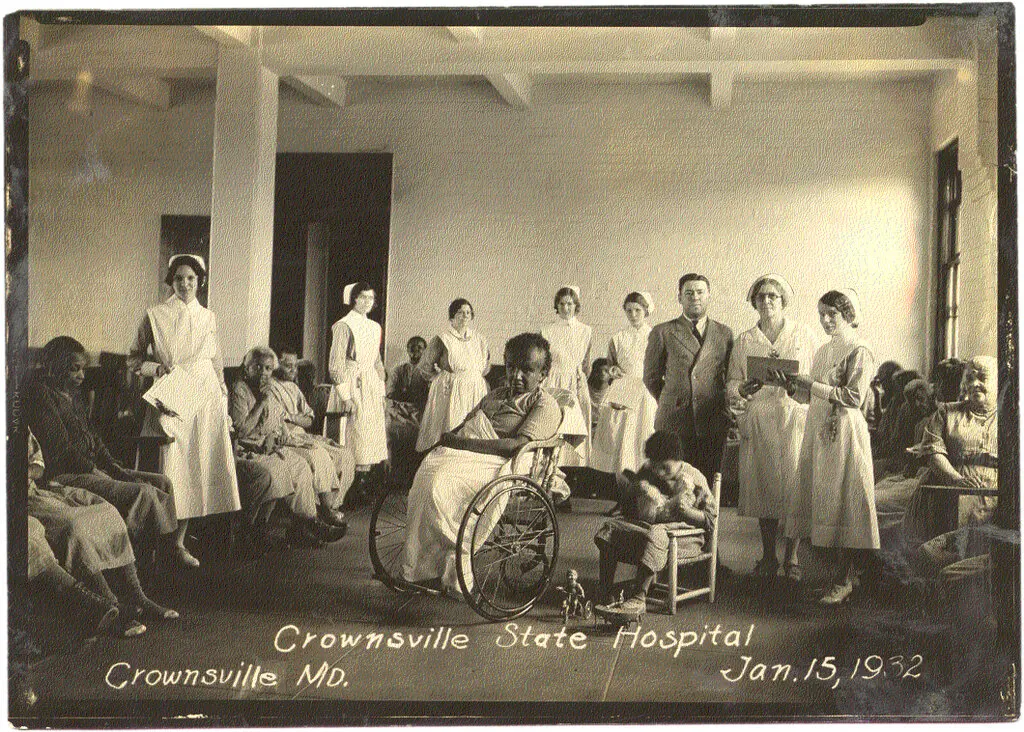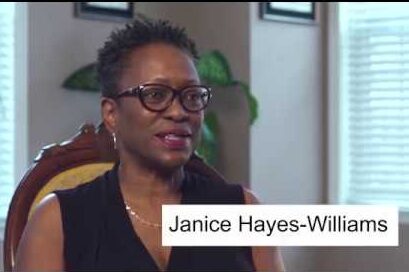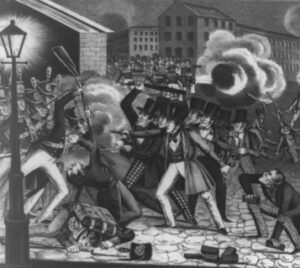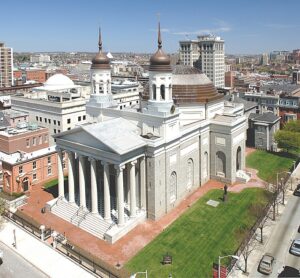Local historian and civil rights activist Janice Hayes-Williams begins searching through records to recover the names of patients buried in a potter’s field at the Hospital for Negro Insane in Crownsville (1911-2004). She is the first private citizen to bring attention to those lost to society, perhaps even lost from themselves, at the African American hospital site.
An early report from the Maryland State Lunacy Commission details the need for better care for Negro mental patients and leads to the opening of the Hospital for the Negro Insane of Maryland in Crownsville in 1911. Previously there is no specific facility for Black patients, though there are two white hospitals for the mentally ill.
Providing services for Black patients has two purposes: treating those who have severe mental illnesses and removing those from the public arena who are believed to suffer the consequences of becoming free from slavery. Sudden freedom is thought to produce issues such as insanity, lack of food, vagrancy, alcoholism and poverty. Mental hospitals can be used as a way to restrict socially undesirables. The Crownsville Hospital is not the first for the Negro Insane, but the third, as two open in Virginia in 1870.
During its ninety-three years of operation, the Maryland hospital greatly improves its programs, though early treatment of mental illness includes degrading and sordid conditions and involuntary experiments on patients.
Janice Hayes-Williams is the first to give thoughtful recognition to the anonymous patients buried in unmarked graves on the hospital grounds. For 17 years Hayes-Williams has scoured records to find those patients’ names. Every April she hosts an annual “Say Their Names” ceremony, giving each of those lost a moment of recognition and dignity. By 2022, she is able to identify all 1722 who have been buried there.
The Crownsville cemetery is not open to the public except for the annual “Say Their Names” ceremony.
For More Information
Friends of Crownsvillle Hospital Patient Cemetery







